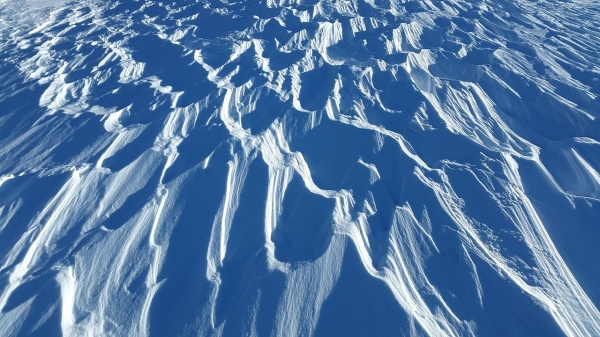The Arctic is warming two to four times faster than the global average. A recent study by researchers in Japan found that dust from snow- and ice-free areas of the Arctic may be an important contributor to climate change in the region. The findings were published in the journal npj Climate and Atmospheric Science.
According to one view, higher temperatures in the Arctic are thought to lead to the region's clouds containing more liquid droplets and fewer ice crystals. Clouds become thicker, longer lasting, and more likely to reflect sunlight. As a result, this might cool the region during summer (temperature feedback).
However, the new study showed that as the Arctic warms, snow- and ice-free areas increase, leading to an increase in dust emissions. The dust promotes the formation of ice crystals in the clouds. It is possible that more ice crystals in the clouds are making the clouds thinner and shorter-lived, thus reflecting less sunlight, which might heat the region during summer (emission feedback).
"Increasing amounts of dust due to Arctic warming may cause the opposite phenomenon of the conventional understanding of ice crystal changes," said Associate Professor Hitoshi Matsui of Nagoya University, the lead author of the study. "Our previous study found that a large amount of Arctic dust is distributed in the lower troposphere (below about 3 km altitude) over the region in summer and early fall, with the dust acting as a very efficient nucleus for ice formation in clouds at this altitude during the season."
Read more at Nagoya University
Photo Credit: Simon via Pixabay
Sci/Tech Climate Top Stories
